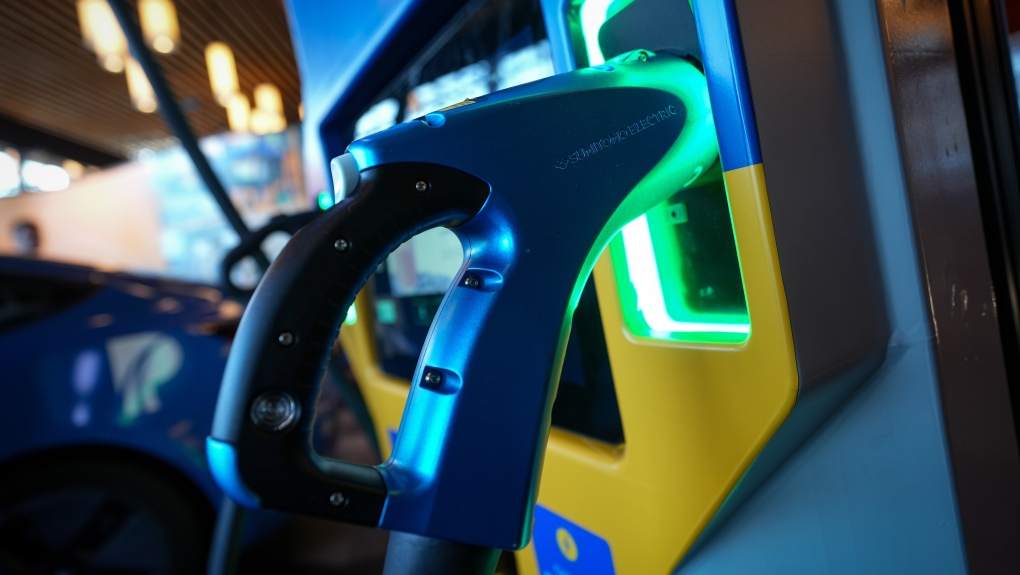Unless policies or technologies change, the ownership cost of electric vehicles (EVs) needs to decrease by 31 per cent if Canada to wants to reach its sales target of 60 per cent EVs by 2030, according to a new report released Thursday by Parliamentary Budget Officer Yves Giroux.
Last December, the federal government unveiled its Electric Vehicle Availability Standard that outlined zero-emission vehicle sales targets for automakers. The standard requires all new light-duty sales in Canada to be electric or plug-in hybrid by 2035. There are also interim targets of at least 20 per cent of all sales being EVs by 2026 and 60 per cent by 2030.
Those federal government targets come as growth forecasts for auto companies have plateaued and concerns about charging infrastructure persist. The price of EVs has also pushed the cars out of reach for many consumers. According to the Canadian Black Book, the average cost of an EV was $73,000 in 2023.



Withhold choice? Do you not realize that there are electric vehicles from literally every major brand available today?
I love my Kia Niro EV, going on three years and 80,000km now.
Not BYD
BYD is not a major brand, they aren’t even top 10 in the world yet and 95% of their sales are in China.
Nissan sells more than they do, and it’s the third largest Japanese car brand.
That’s based on number of units, not revenue. They sell cheap cars in China to a billion and a half people, of course they move a lot of units. They had to redesign them to sell them outside of China because they don’t meet western safety standards with their normal model.
BYD sold 242,759 vehicles outside China in 2023, according to data from BYD and Chinese Customs.
Nissan sold 3.4 million vehicles in 2023, only a million of which were in China.
BYD is not a major brand outside of China, and or even globally if you count by revenue.
The article literally states BYD outsold Nissan worldwide this year
Can you not read past a headline?
BYD outsold Nissan worldwide in number of units, but that includes BYD’s China sales which make up almost all of it’s sales.
If you eliminate sales in China, BYD sold only 242k vehicles globally, and Nissan sold around 2.4 million.
BYD is NOT a major brand outside of China.
That’s like saying China Railway Group is a major international construction company because it’s the worlds largest by revenue, despite essentially operating only in China.
Did anyone complain about wanting to buy a railway but there’s not enough choice out there for the consumer?
Yes… It’s quite common for companies to bid internationally for such projects. They tried and failed so badly they had to be replaced on a multi billion dollar European project a few years back.
Counting by revenue biases you towards luxury companies that take rich people’s money without actually making an impact on the world.
Counting by units biases you towards junk that isn’t bought by the first world because it’s bad.
Lots of Japanese cars don’t meet North American road safety standards, because NA road safety standards prioritize occupant safety of an individual vehicle over the safety of everyone.
It is worse than that. In North America, you have to assume the occupants are not wearing seatbelts. That means bigger, less directional airbags for example. Less safe if you are wearing a belt. Safer if you are not. In Europe by contrast, you can design with the assumption that safety belts are being used.
The “safer” European vehicles “do not meet North American safety standards”.
I know little about Chinese automotive standards but I assume they are looser. That said, simply not having anchors for car seats is enough “not to meet safety standards”. Those are easy to add. These things do not always mean what you think they do.